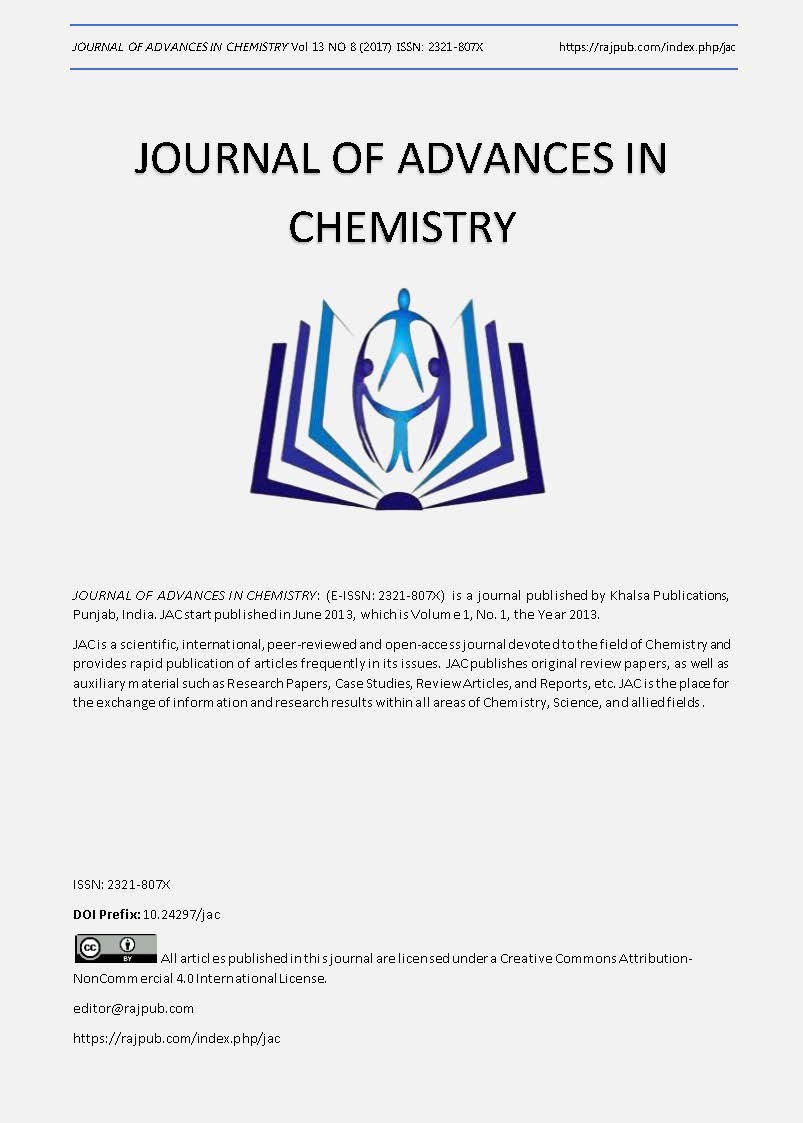EXPERIMENTAL STUDY ON MECHANICAL AND DURABILITY PROPERTIES OF HIGH PERFORMANCE CONCRETE REPLACING COARSE AGGREGATE BY FERRO SLAG AGGREGATES
DOI:
https://doi.org/10.24297/jac.v13i8.5785Keywords:
Aggregates, Blast furnace steel slag, Compressive strength, Nondestructive test, Split Tensile Strength, Flexural Strength and durability characteristics.Abstract
The main objective of this research is to find out alternative materials for concrete to meet the demands of coarse aggregate for the upcoming years, to provide adequate strength at minimum cost, to make the eco-friendly structures. Use of ferro slag a waste industrial by-product of iron and steel production provides great opportunity to utilize it as an alternative to normally available aggregates (coarse). In this research, ferro slag is used and M60 grade concrete of W/C ratio 0.28 was used respectively for the replacement of 0 to 100% coarse aggregate by ferro slag aggregate for find out the optimum ratio of steel slag. In this study, a mix ratio of 1: 1.2: 2.4 is used in conventional mix. Initial optimization of ferro slag aggregate for replacing the natural coarse aggregate was find with 7and 28 days strength. Test on compressive strength and non-destructive test at 7 and 28 days were conducted. It was concluded that possible optimum replacement of slag material was found to be 40%. Split Tensile Strength and Flexural Strength and durability characteristics were carried out for conventional and optimum concrete mix to study the properties of concrete with ferro slag.
Downloads
References
2. Dr.K.Chinnaraju,V.R.Ramkumar, K.Lineesh, S.Nithya, V.Sathish , “Study on concrete using Steel Slag As Coarse Aggregate Replacement and Ecosand As Fine Aggregate Replacementâ€, International Journal of Research in Engineering & Advanced Technology ,vol.1, No.3, pp.1-6,2013.
3. P.S.Kothai and R.Malathy,“Enhancement of Concrete properties by Steel Slag as a Partial Replacement Material for Coarse Aggregatesâ€, Australian Journal of Basic and Applied Sciences, Vol.7 No.12 pp.278 -285, 2013.
4. Maslehuddin.M, Alfarabi M.Sharif, Shameem.M, Ibrahim M, Barry M.S , “Comparison of properties of steel slag and crushed limestone aggregate concretesâ€, Journal of Construction and Building Materials, Vol. 17, pp 105-112,2002.
5. Juan M Manso, Juan A Polanco, Milagros Losanez and Javier J Gonzalez, "Durability of Concrete made with EAF Slag as Aggregates", Cement and Concrete Composite, pp 528-534,2006.
6. Dr.Pajgadel P S and Thakur N B, “Utilisation of Waste product of Steel Industryâ€, International Journal of Engineering Research and Applications,Vol.3, 2013.
7. Papayianni I and Anastasiou E , “Production of high-strength concrete using high volume of industrial by-productsâ€, Construction and Building Materials,Vol.24,No.8,pp.1412-1417,2010.
8. Mohammed Nadeem, Arun D. Pofale, “Experimental Investigation of Using Slag as an Alternative to Normal Aggregates (coarse and fine) in concreteâ€, International Journal of Civil and Structural Engineering, vol. 3,pp.117-127,2012.
9. Chawla, S.L, Gupta, R.K.(1993). In: Haddad MT, editor. Materials selection for corrosion control, Materials Park, OH: ASM International.
10. Feldman, R.F., Beaudoio, J.J. (1991). “Effect of cement blends on chloride and sulfate ion diffusion in concrete.†II Cemento,Vol.88,pp. 3–18.
11. Irassar, E.F., Di Maio, A., Batic,O.R., (1996). “Sulfate attack on concrete with mineral admixtures.†Cement and Concrete Research, Vol.26, No.1, pp.113– 123, DOI: 10.1016/0008-8846(95)00195-6.
12. Mangat,P.S., Molloy,B.T.,(1991). “Influence of PFA, slag and Micro silica on Chloride-induced corrosion of reinforcement in concrete.†Cement and Concrete Research, Vol.21, pp.819–834, DOI: 10.1016/0008-8846(91)90177-J.
13. Mehta, P.K. (1993). Sulfate attack on concrete: A critical review, in: R.R. Villarreal (Ed.), Concrete Durability, Universidad Autonoma de Nuevo Leon, pp. 107– 132.
14. Muralidharan ,S., Saraswathy, V., Thangavel, K., Srinivasan, S.(2000).“Competitive role of inhibitive and aggressive ions in the corrosion of steel in concrete.†Journal of AppliedElectrochemistry,Vol.30, pp.1255–1259,DOI: 10.1023/A:1026570120698.
15. Rasheeduzzafar, Bader, A.M., Khan M.M.(1992). “ Performance of corrosion resisting steel in chloride-bearing concrete.†ACI Materials Journals, Vol.89, No.5,pp.439–48, DOI: 10.14359/2379.
16. Shamsad Ahmad.(2003). “Reinforcement corrosion in concrete structures, its monitoring and service life prediction — a review.†Cement and Concrete Composites, Vol. 25, No.4–5, pp. 459–471, DOI: 10.1016/s0958-9465(02)00086-0.
17. Tumidajski, P.J, Chan, G.W. (1996).“Effect of sulfate and carbon dioxide on chloride diffusivity.†Cement and Concrete Research,Vol.26,pp.551–556, DOI: 10.1016/0008-8846(96)00019-1.
Downloads
Published
How to Cite
Issue
Section
License
 All articles published in Journal of Advances in Linguistics are licensed under a Creative Commons Attribution 4.0 International License.
All articles published in Journal of Advances in Linguistics are licensed under a Creative Commons Attribution 4.0 International License.




